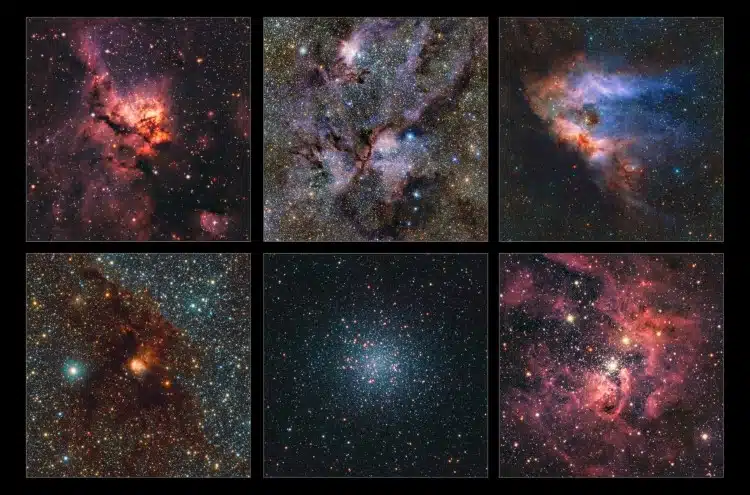
Highlights from ESO Milkyway map. From left to right and top to bottom: NGC 3576, NGC 6357, Messier 17, NGC 6188, Messier 22 and NGC 3603. (Photo: ESO/VVVX survey)
Astronomers have published the most detailed infrared map of the Milky Way. With over 200,000 images taken by ESO‘s VISTA telescope, this map is a breakthrough that gives astronomers new insight into our galaxy.
The telescope, located in Chile, is used to map large portions of the sky. Thanks to its infrared camera, VIRCAM, which can see through the Milky Way’s dust and gas, astronomers can see into hidden areas.
“We made so many discoveries, we have changed the view of our Galaxy forever,” says Dante Minniti, an astrophysicist at Universidad Andrés Bello in Chile who led the overall project.
The team previously released a Milky Way map in 2012, but this new version includes about 10 times the amount of objects. From 2010 to 2023, VISTA recorded 420 nights of observations. This allowed the team to not only locate objects, but to chart how they move across the sky and how their brightness changes.
The survey has made such a big impact that it has already generated more than 300 scientific articles. It’s expected that the work will be studied for years to come, as it offers unparalleled views of the Milky Way. Though the dataset is too large to release in a single image, anyone who is curious can access the catalog via the ESO Science Portal.
Astronomers have created the most detailed infrared map of the Milky Way ever released.
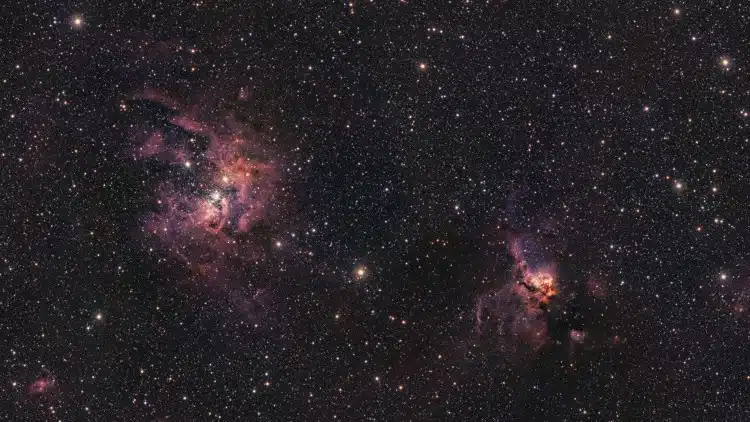
NGC 3603 and NGC 3576 are 22,000 and 9,000 lightyears away from us, respectively. Inside these extended clouds of dust and gas, new stars are born, gradually changing the shapes of the nebulas via intense radiation and powerful winds of charged particles. (Photo: ESO/VVVX survey)
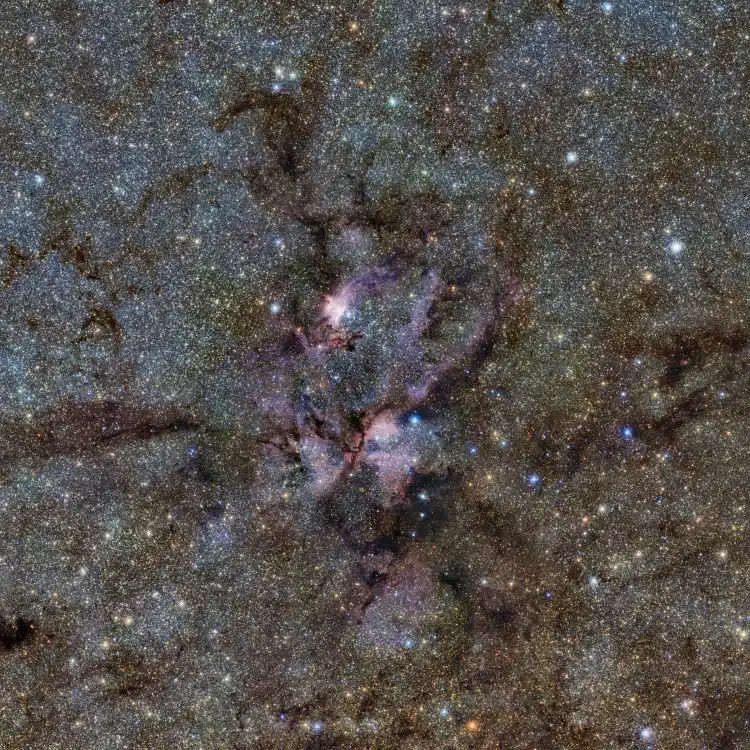
Lobster Nebula (Photo: ESO/VVV Survey/D. Minniti. Acknowledgement: Ignacio Toledo)
It contains over 200,000 images taken by ESO’s VISTA telescope over the course of 13 years.
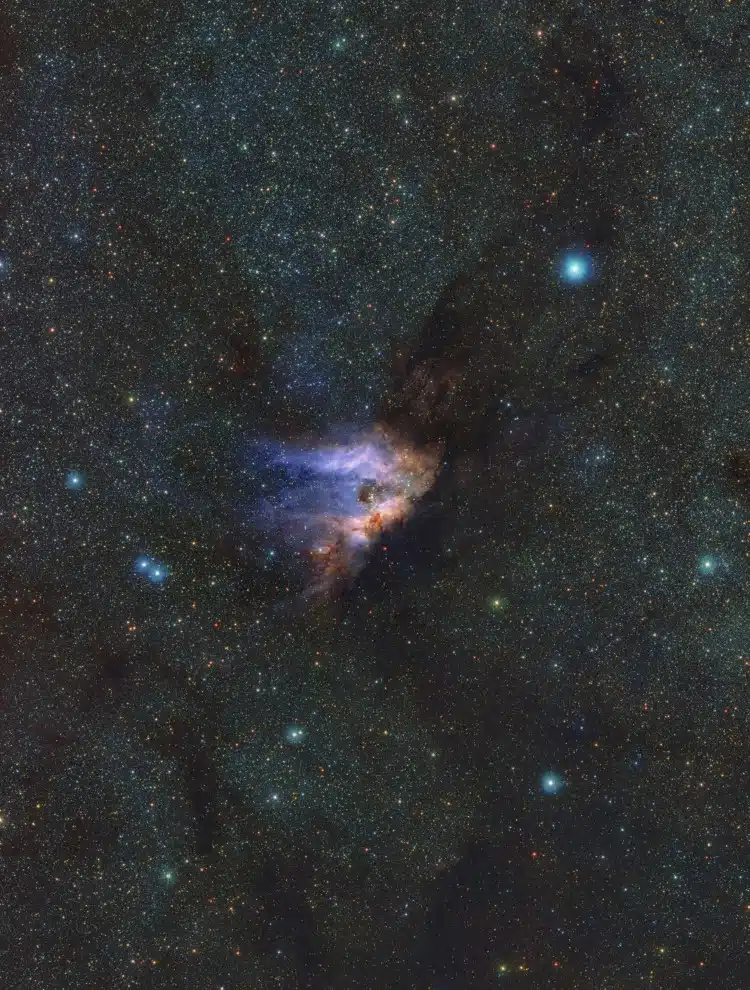
An infrared view of the Messier 17 nebula, also known as the Omega Nebula or Swan Nebula, a stellar nursery located about 5500 light-years away in the constellation Sagittarius. (Photo: ESO/VVVX survey)
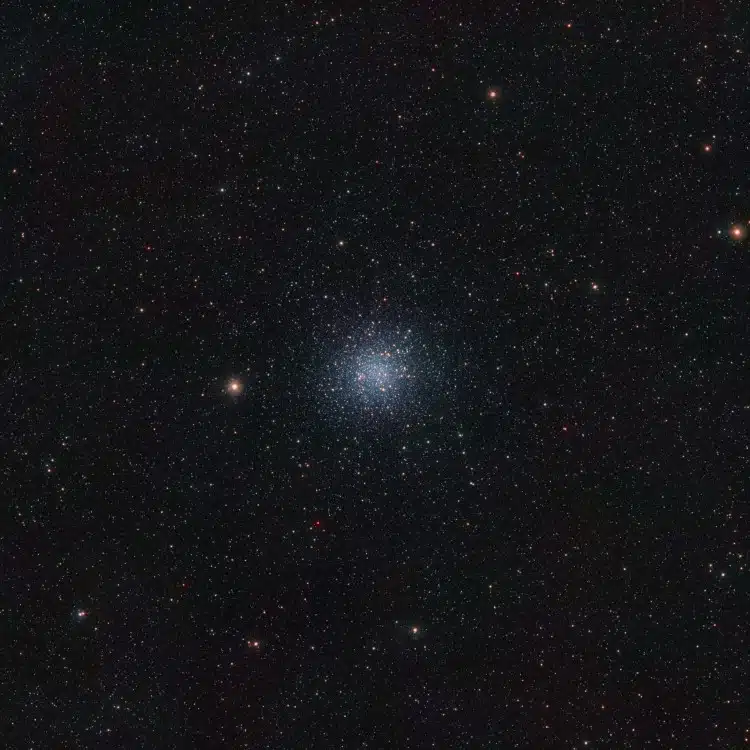
Infrared view of the Messier 22 globular cluster, a densely packed group of very old stars located about 10,000 light-years away in the constellation Sagittarius. (Photo: ESO/VVVX survey)
The infrared camera sees through the Milky Way’s dust and gas, giving insight into hidden areas of our galaxy.
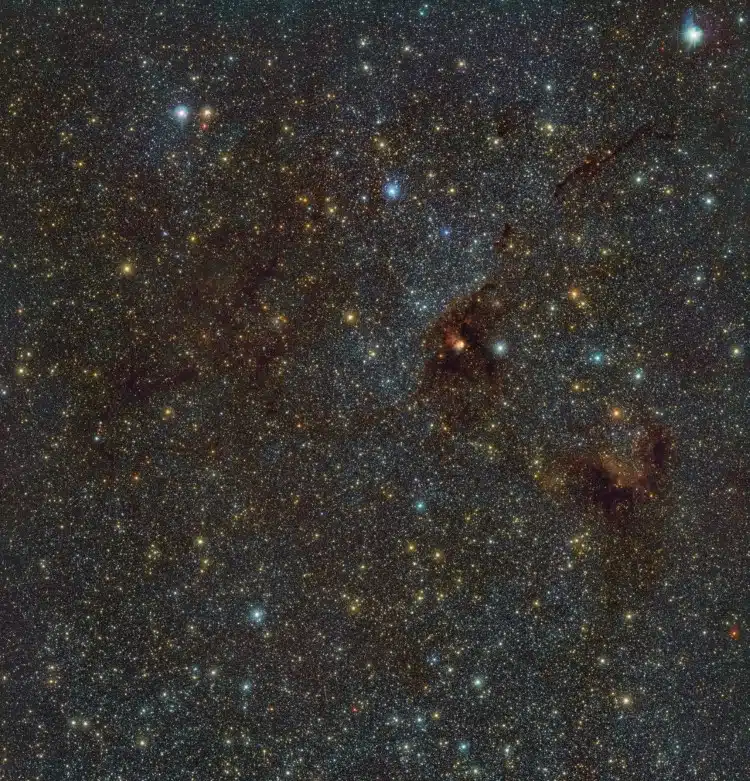
Infrared image of NGC 6188, also known as the Firebird nebula, located about 4100 light-years away in the constellation Ara. (Photo: ESO/VVVX survey)
ESO: Website | Facebook | Instagram
My Modern Met granted permission to feature photos by the ESO.
Related Articles:
ESO Unveils Incredible Photo Revealing How Giant Planets Are Formed
Incredible Sky Map Details Over 900,000 Stars, Galaxies, and Black Holes
Mesmerizing Image of Black Hole in the Milky Way Shows Spiraling Magnetic Field
Scientists Find Distant Gas Clouds That Will Help Reveal How Our Universe Was Created
